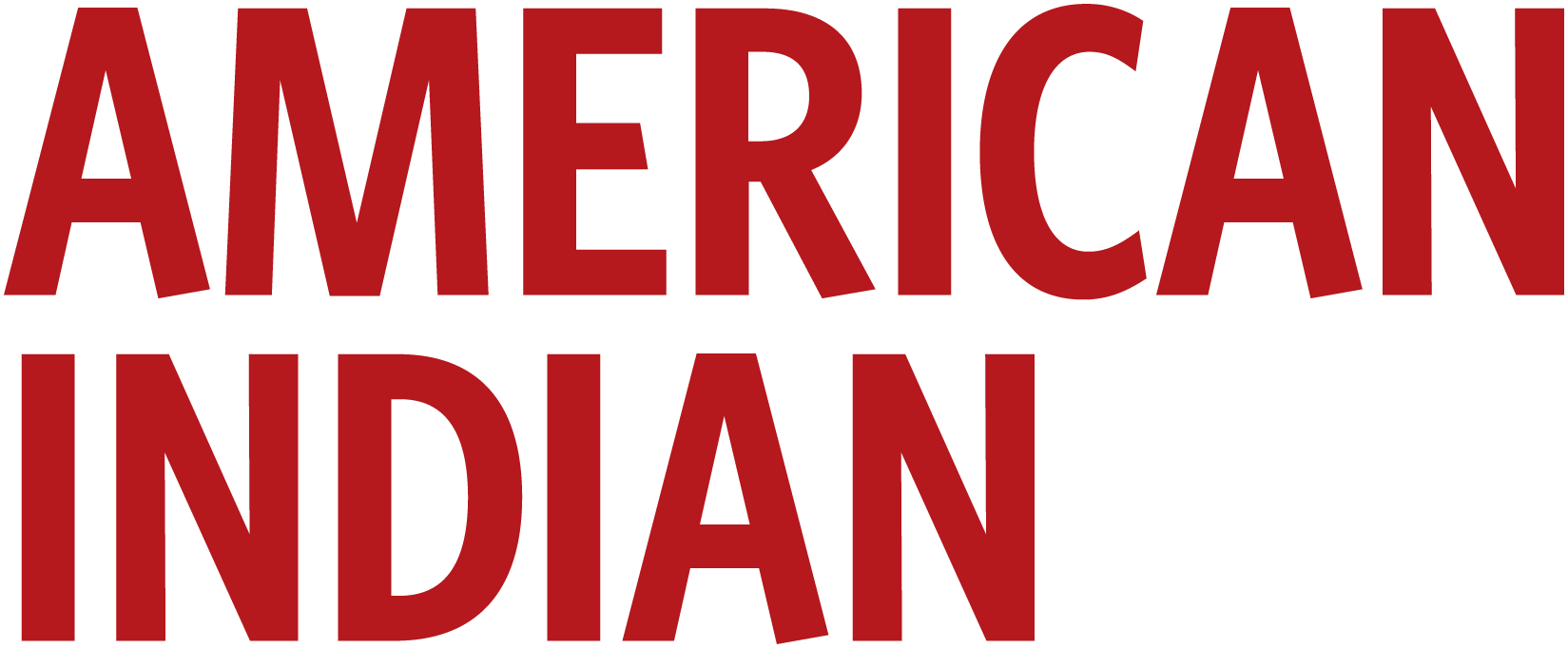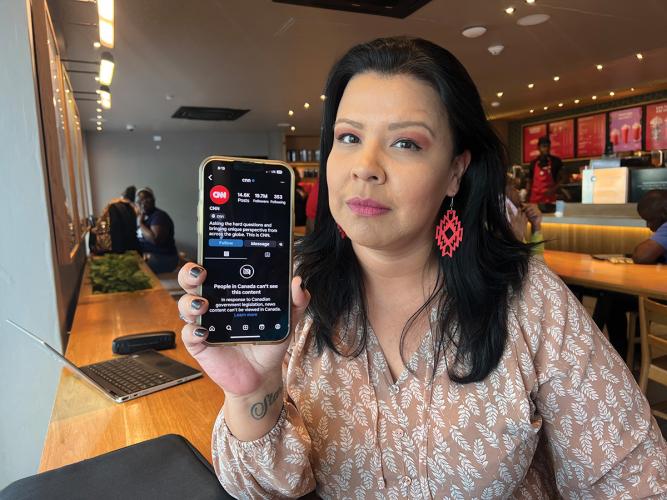While attending the Native American Journalists Association’s (now named the Indigenous Journalists Association) annual conference last August, one topic was being fervently discussed: the Canadian government just passed the Online News Act, or Bill C-18, new legislation meant to save a shuttering news industry. Across the main conference room, I was among those glued to their devices, staring in shock at social media pages, once showing breaking local news, now blank except for the phrase “People in Canada can’t see this content.”
Although the act is not scheduled to go into effect until December 19, Meta, the parent company of Facebook and Instagram, had already began blocking news in Canada. Needing to see the damage for myself, I went to Instagram first, looking at news outlet pages such as ABC News, Aboriginal Peoples Television Network (APTN), CNN, NBC News, CBS News, CBC News, Canadian Broadcasting Corporation (CBC) Indigenous, Indian Country Today, IndigiNews and Ku’ku’kwes News—all of them had their content blocked. I then tried Facebook, where I was restricted from posting news links on my own personal feed.
Since the 1990s, newspapers and other media outlets have had their budgets slashed by a lack of advertising once reserved for print. The internet led to a boom in online publishing where content was consumed for free, leading to the allusion that it could be produced for free. Banners of ads once seen printed in newspapers and placed on news websites were supposed to be a similar source of revenue, but they didn’t live up to expectations. According to the Canadian government, online advertising in the country in 2022 was $14 billion, with two platforms receiving roughly 80 percent of this.
The act is intended to support media outlets by requiring platforms to negotiate a payment to news organizations for news content on their sites. However, this barrier to sharing news has cascading consequences for Indigenous media outlets and the communities that depend on them.
The APTN in Canada launched its first newscast in April 2000, at a time when Indigenous stories were barely being covered by other media. I served as APTN’s executive news producer. We broadcasted our federally licensed signal to homes across the country, from a studio in the shape of a tipi.
Our tiny news team was tasked with bringing stories from more than 630 First Nations across Canada to thousands of our television viewers. While doing so, we gained trust from Indigenous people who were historically underserved and misrepresented in the news. APTN made huge impacts on the media industry by covering the stories that nobody else would, asking the questions that no one else could and by fighting for a front seat at press conferences. It didn’t take long for other outlets to start following our coverage. Our smoke signal was strong.
However, like many other media outlets, we soon learned that to reach our audience, we would have to “meet them where they’re at,” and for those in small, Indigenous communities, that meant following them on social media. I was tasked with forming a social media department made up of writers and a new social media editor position to oversee our website, post daily news, monitor our livestreams and interact with our consumers.
We found our audience was primarily using Facebook. Indigenous people use it like a smoke signal, to share news and community updates. Our relatives went every morning to see what the aunties, uncles, sisters, brothers and cousins were up to, and as journalists, we sought news tips by scouring the comments and community pages. Nearly every Indigenous community across North America has a presence on Facebook, with government pages, school pages, trading pages, groups to plan weddings and social events, concerned citizen groups as well as groups raising awareness of missing and murdered Indigenous peoples. In addition, the Facebook live function was often used by First Nations and Tribal governments to broadcast meetings. News outlets would go live with their nightly newscasts to reach people who might only have online access or who cut their cable.
Meta says news outlets receive value when choosing to use their platforms. From my experience at APTN, it appeared to be the other way around. Our content on their platforms brought value to these sites, and our audience followed us there. In addition, when I became assignment producer for the Canadian Broadcasting Corporation’s Indigenous Unit, I noticed social media is a key tool for finding stories and connecting to people in remote communities. We adapted our content for various platforms and shifts in the industry, including the way we delivered news on a deadline, with reels for Instagram in between gathering and writing.
Meta’s response to the act by blocking news on its platforms, however, puts all of those community connections at stake. At the end of August, after devastating wild fires swept through British Columbia and the Northwest Territories, Canadian politicians spoke out against Meta for blocking the sharing of news in Canada when time was of the essence and called on Facebook to open its users’ access to news.
Social media sites banning news can happen anywhere. In the United States, Assembly Bill 886, the California Journalism Preservation Act, would require social media platforms to remit a journalism usage fee payment to eligible news outlets—referred to as a tax by critics of the bill. Meta has threatened to block news in California as it did in Canada should Bill 886 pass. In 2021, Facebook temporarily blocked news in Australia in reaction to a similar law being proposed by the Australian government, but lawmakers amended the legislation and the ban was lifted. Meta and Google made agreements with media organizations in Australia similar to what critics of Canada’s Bill C-18 would like to see.
Google once called Canada’s Online News Act “unworkable,” but the smoke has cleared. They announced a deal with Canada’s government on November 29 that said Google will pay $100 million to news companies in Canada to ensure its users can share news.
Since time immemorial, Indigenous peoples have been sharing stories and adapting to the ways in which our stories are shared worldwide, long before every available platform. Through the decades, newsrooms have adapted in a similar manner, having started with printing newspapers, then sending signals via radio frequencies and broadcasting on television, and finally sharing stories online and creating their own digital platforms. If Indigenous people can change how we share our signal over generations and if the media can change how to distribute news over decades, then I believe a 19-year-old social media company such as Meta can change so it doesn't get smoked out of our signal.

